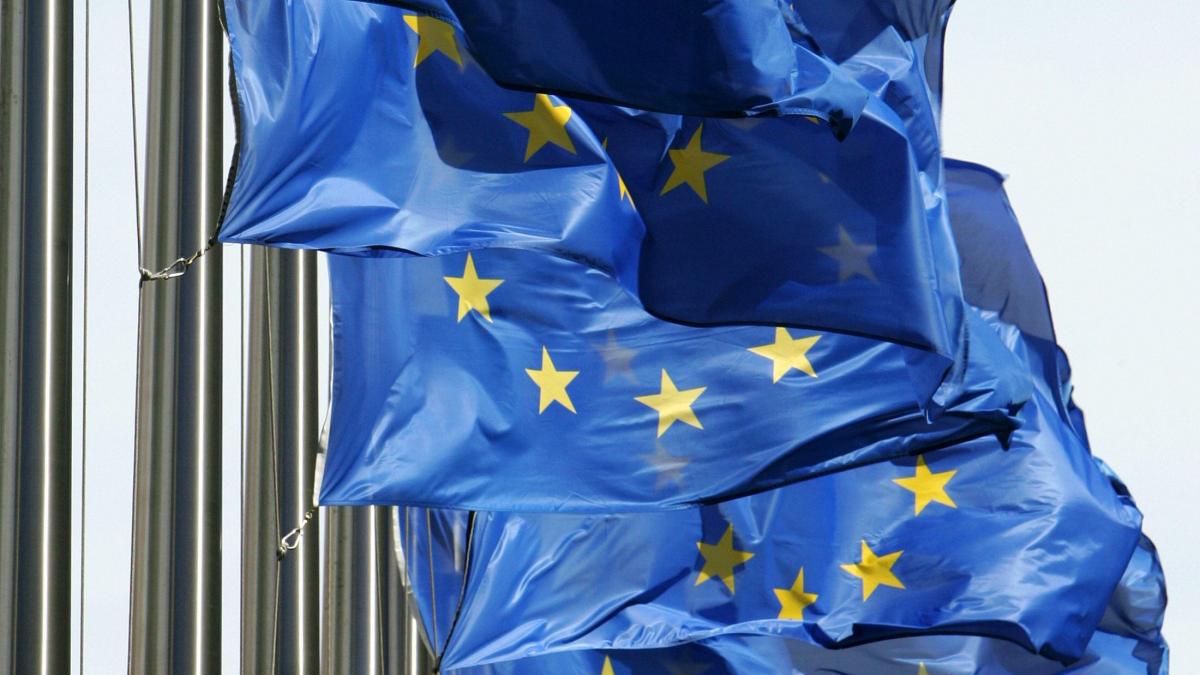Eurozone avoids recession and grows 0.5% in 2023 thanks to Spain

After a year marked by the shadows of the energy crisis that hit Europe as a result of the Russian invasion of Ukraine, 2023 ends with growth in gross domestic product (GDP) 0.5% and managed to avoid a recession, according to data published this Wednesday by the European Statistical Office (Eurostat). This positive end to the year was achieved primarily thanks to the persistence of Spain, which grew five times more than the eurozone average.2.5%.
France and Italy came in second and third, although they were well behind Spain’s growth, rising 0.9% and 0.7% in 2023 respectively. Germany, which until now was called the “European locomotive”, registered economic contraction of -0.3% in 2023.
Eurozone Quarterly finally escaped the tech recession -two consecutive quarters of decline in activity-, as GDP stagnated in the last half of the year (0.0%), after contracting (-0.1%) in the third quarter, as confirmed by Eurostat data. However, in the EU as a whole, activity registered a 0.1% rise in the fourth quarter, one-tenth more than initially expected, after contracting 0.1% in the third quarter.
Among EU countries, The highest growth rate in the fourth quarter came from Slovenia (1.1%).Cyprus and Portugal (0.8% each) and Spain (0.6%), while the worst dynamics were observed in Ireland (-0.7%), Estonia, Finland and Romania (0.4% each).
Among the EU’s major economies, Germany recorded a contraction of -0.3% in the fourth quarter, while France repeated the paralysis of the previous three months and Italy accelerated growth to 0.2%. Spain, with growth of 0.6% from 0.4%, was again the largest economy with the best performance.
European Central Bank (ECB) President Christine Lagarde already admitted at the organization’s latest Governing Board meeting that she expects an economic “cooling” at the end of 2023 due to high interest rates, which currently stand at 4.5%. . However, the ECB forecasts a European economic recovery of 0.8% this year and 1.5% in 2025.
Outside Europe, The US economy ended the year with 2.5% growth, which is six-tenths higher than the 2022 level, despite the tightening of monetary policy by the Federal Reserve System (FRS). In China’s case, its GDP grew by 5.2% in 2023, accelerating significantly from the 3% it grew in 2022 after the impact of the pandemic.
Positive employment dynamics
Employment, in turn, shows positive data. With unemployment in the eurozone at a historic low of 6%, Eurostat’s first estimates show that Employment grew 1.4% in 2023 in the countries of the single currency and 1.2% in the European Union.
On a quarterly basis, employment grew by 0.3% in the last three months of the year both in the eurozone countries and in the EU as a whole, Eurostat notes.